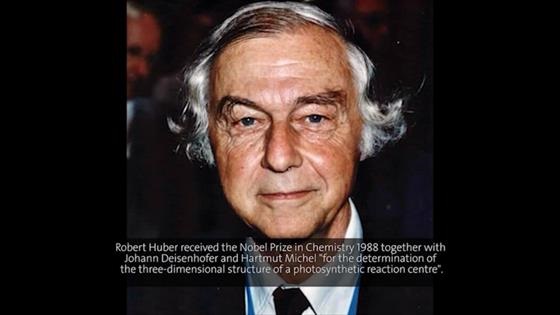Abstract
Proteolytic enzymes catalyse a very simple chemical reaction, the hydrolytic cleavage of a peptide bond. Nevertheless they constitute a most diverse and numerous lineage of proteins. The reason lies in their role as components of many regulatory physiological cascades in all organisms. To serve this purpose and to avoid unwanted destructive action proteolytic activity must be strictly controlled. Control is based on different mechanisms
a) by specific inhibition with natural and synthetic inhibitors
b) by enzymatic specificity
c) by activation from inactive precursors which may or may not be accompanied by allosteric changes
d) by co-localization of enzyme and substrate
e) by cofactor binding which may or may not be accompanied by allosteric changes
f) by controlled substrate processing and access to the proteolytic site
These I will discuss and illustrate with by systems and structures determined in my laboratory. The regulatory principles offer new opportunities of intervention for therapeutic purposes and in crop science.
a) by specific inhibition with natural and synthetic inhibitors
b) by enzymatic specificity
c) by activation from inactive precursors which may or may not be accompanied by allosteric changes
d) by co-localization of enzyme and substrate
e) by cofactor binding which may or may not be accompanied by allosteric changes
f) by controlled substrate processing and access to the proteolytic site
These I will discuss and illustrate with by systems and structures determined in my laboratory. The regulatory principles offer new opportunities of intervention for therapeutic purposes and in crop science.

